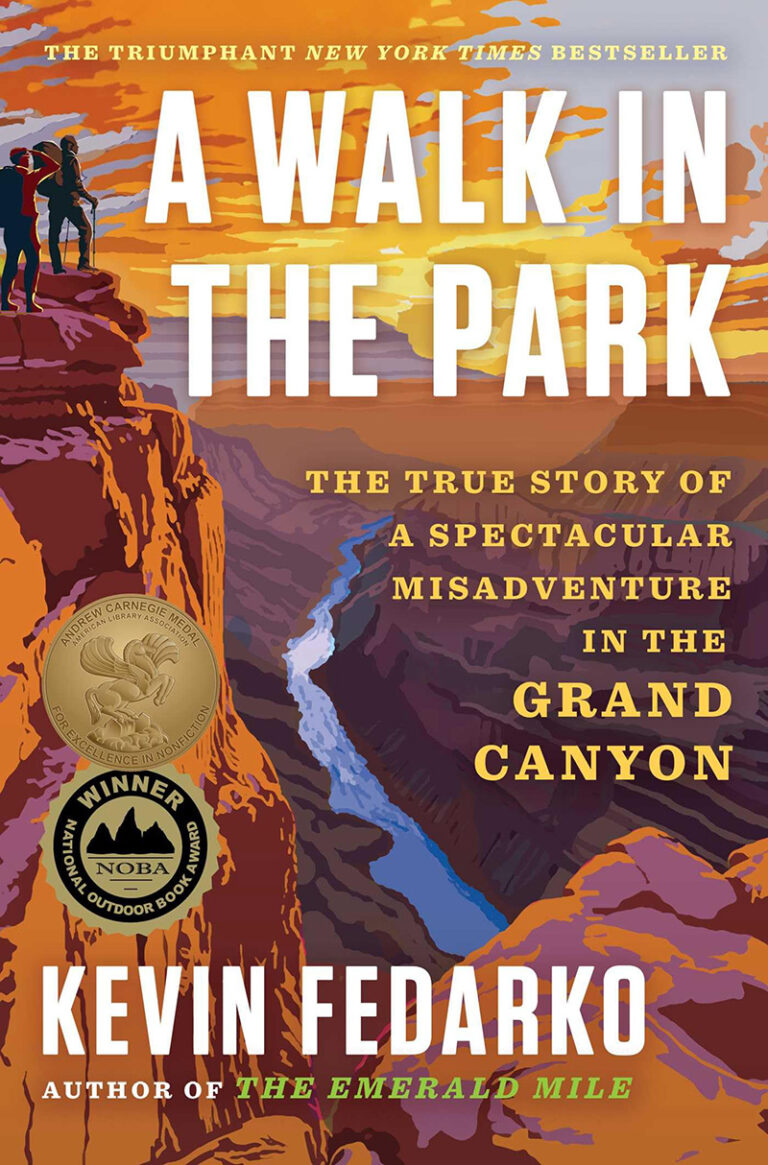Mount Rainier is known as the king of the Cascade volcanoes. In addition to a multitude of climbing route options, Mount Rainier National Park and the surrounding environs offer arguably every possible outdoor adventure imaginable.
Mount Rainier is the highest volcano in the contiguous United States, and the highest point in the state of Washington, measuring 14,411 feet (4,392 meters) above sea level. The peak can be seen from more than 100 miles in any direction.
Mount Rainier and the surrounding peaks and forests were preserved by the establishment of Mount Rainier National Park on March 2, 1899. The Park encompasses 235,000 acres, contains 382 lakes and ponds, and 470 rivers and streams. The forests and alpine meadows around the mountain offer habitat for 787 plant species, 54 mammal species, 130 bird species, and 17 species of reptiles and amphibians.
The famous mountaineer Fred Beckey once observed: “The size and complexity of Mount Rainier are difficult to comprehend without personal experience on the mountain, and even then it is often grossly underestimated.” From the air, Beckey went on to say that “Rainier has been likened to an arctic palace floating on a sea of green trees.” Mount Rainier has the single largest glacier system in the contiguous United States, with 26 major glaciers that cover more than 35 square miles.
This grand peak was originally known by the American Indian name Tahoma. After sailing through the Strait of Juan de Fuca in 1792 and observing “the round snowy mountain,” Captain George Vancouver named Mount Rainier for his friend Rear Admiral Peter Rainier.
Mount Rainier is known to literally create its own weather, due to its proximity to the Pacific Ocean (only 100 miles distant). Standing in the path of prevailing moisture-laden marine winds, Mount Rainier’s weather can be very unpredictable. The mountain has record-setting levels of snowfall, which often reach depths of fifteen to twenty feet at 5,400-foot Paradise Valley. Seemingly perfect days can become cold, windy, and cloudy with little warning.
Climbing Mount Rainier requires skill, proper equipment, and excellent physical condition. Although there are numerous routes of varying difficulties, all should be considered hazardous. Over 5,000 people summit Mount Rainier each year, and twice that number attempt the mountain. Roughly 40% of climbers are guided by a professional guiding service. The best time to climb is between May and August. Climbers must purchase a Climbing Pass if climbing above 10,000 feet or on glaciers. It is worth noting that Mount Rainier has been the site of numerous climbing accidents and fatalities. For additional information, see www.nps.gov/mora.
The most common climbing route up Mount Rainier is Disappointment Cleaver on the east side, which is accessed via Camp Muir from Paradise. Follow the Skyline Trail to Pebble Creek until the trail ends, and then proceed onto the Muir Snowfield. From Camp Muir, the route traverses the Cowlitz Glacier laterally to Cathedral Cap, then traverses the Ingraham Glacier to Disappoint Cleaver. From the cleaver’s head, you continue via Ingraham Glacier to the east crater rim and onward to the summit.
The second most popular route is the Emmons-Winthrop Glacier Route on the east side of the mountain. This route is accessed via Camp Schurman at the head of Steamboat Prow.
To avoid the crowds, there are numerous other interesting climbing options. On the west side, the Tahoma Glacier route is very direct and is not technically demanding. It climbs the glacier that flows through the narrow gap between Sunset Amphitheater and Tahoma Cleaver.
The most popular route on the North Face is the infamous Liberty Ridge route. Ever since its inclusion in Fifty Classic Climbs in North America, many parties have underestimated the length and seriousness of the route. The route is long and steep, with rockfall danger, serious avalanche conditions after fresh snowfall, and no easy escape if caught in bad weather.













